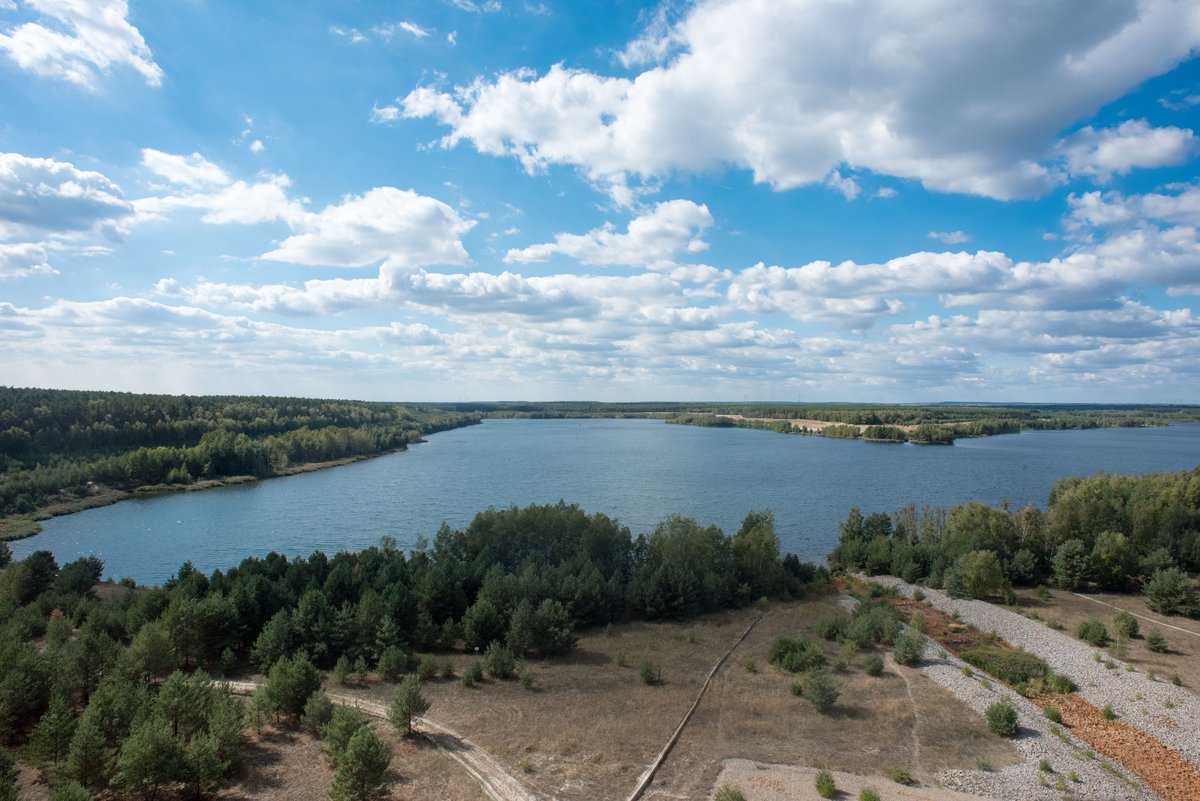Three million euros for sustainable mobility in Lusatia
Strengthening tourism is an important development potential in the structural change in Lusatia. However, tourists and locals hardly find demand-oriented alternatives to the private car as well as information on mobility offers. "The rural character of the region, as well as the sometimes long distance between tourist attractions, makes it difficult to design public transport services to meet demand and favors the use of private cars," says Dr. Christin Hoffmann, head of the BTU Department of Decarbonization and Transformation of Industry.
The goal of the research project "MoVeToLausitz - Mobility support by means of data-based traffic guidance for tourist mobility in Lusatia" is to develop sustainable perspectives for digital transport technologies in rural areas and to identify corresponding potentials. "An attractively designed offer in the area of leisure and tourism mobility in combination with everyday mobility as well as easier access to mobility information is to create added value for locals, visitors as well as business and industry," says Judith Gessenhardt, coordinator of the research project and project manager at Urban Software Institute GmbH. The result of the project is a concept for sustainable mobility development in which alternatives to car traffic in the region are developed. "In expert discussions with stakeholders, residents and tourists, we are surveying local mobility needs," says Prof. Dr. Ludger Gailing, head of the BTU Department of Regional Planning. "From this, we develop future scenarios and recommendations for action for sustainable tourist mobility in Lusatia."
The environmental and behavioral economic analysis of regional, national and international transformation processes in the context of the European Green Deal is another focus within the project. "Our goal is to measure the willingness to pay for sustainable mobility and identify its influencing factors," says Dr. Christin Hoffmann. "Based on this, we are developing (socially) innovative business, operator and financing models that support the development of Lusatia into a sustainable tourism and living region."
"Models for routing on-demand transport in Lusatia make it possible to identify concrete mobility offers that will increasingly reduce people's reliance on private cars in tourist hotspots," says Prof. Dr. Ekkehard Köhler, head of BTU's Discrete mathematics and foundations of computer science department. "Our research is helping to develop on-demand services that usefully complement existing public transportation."
The MoVeToLausitz project is being funded by the German Federal Ministry of Digital Affairs and Transport (BMDV) as part of the mFUND innovation initiative with a total of nearly three million euros for three years. The partners are the Fraunhofer Institute for Material Flow and Logistics IML, the Fraunhofer Institute for Transportation and Infrastructure Systems IVI, Regionalbus Ostbayern GmbH and Urban Software Institute GmbH.

